Die-cutting: yesterday, today and tomorrow
Most people have little or no idea about die-cutting. Or, they have no interest in learning about it. You will be hard-pressed to find people who actively seek out information about die-cutting, how it started, what it can achieve and about its future. Artize’s Mukul Luthra attempts to answer these questions and more in a nutshell
25 May 2018 | By PrintWeek India
Developments in the mid-1800 enabled cobblers employ new technique to cut different parts of a shoe. These hand-held cutting dies were called mallet handle dies.
In a sense, Mallet handle dies were the beginning of the modern die-cutting process, especially in the footwear industry. During the later part of 1800, cutting dies called ‘Dieing Machine’ or ‘Basic Belt-driven Die’ were used to cut different parts of a shoe. Then, the ‘Swing Arm Clicker Press’ that helped cobblers make different parts of the shoes easily, was introduced. Then the mechanical ‘Dinker Press’, which helped cut heavy sole leather, using ‘High Walker Dies’, arrived.
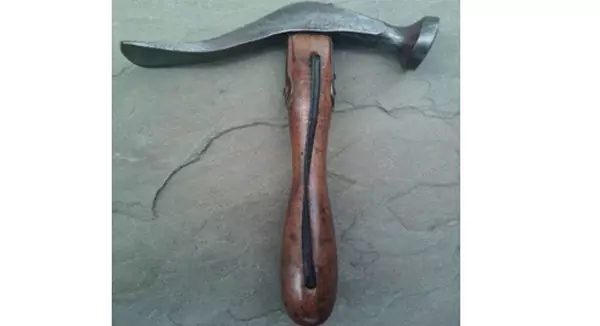
Today, computerised machines have evolved to help bring high quality and accuracy to the finished products. Also, new accessories could help companies produce more and more products.
The invisible process
Die-cutting, the result of the industrial revolution, has helped manufacturers produce parts of items in large quantities, maintaining consistency in sizes and dimensions. At the outset, it was employed in the manufacture of components of leather shoes, including vamp, outsole, insole, tongue, eyelets, heel, and toecap. As a result, shoes were manufactured in substantial quantities. Consequently, shoes became relatively inexpensive and more and more consumers started buying shoes.
In the beginning, the application of this process was confined to the leather industry. However, through the years, it was applied in cutting various other products. Because of the further developments that happened during the early 1900s, there was a radical change in the way systems ran.
Today, the die-cutting process is virtually invisible, as it occurs within most manufacturing setups, including most converting and manufacturing processes. While we use die-cut products almost every day in our lives, we hardly notice the process, or the contribution of die-cutting to the manufacturing of the product.
Some of the die-cut products we use regularly include, in cars, parts such as upholstery, different gaskets in the engine, sound-dampening compartment between the engine and rider compartment, and dashboard; invisible flexible printed circuit boards in electronic devices; paperboards and corrugated packaging; envelops and labels; life jackets; pizza boxes; medical products; playing cards; numbers and letters for highway signs, athletic uniforms, among others.
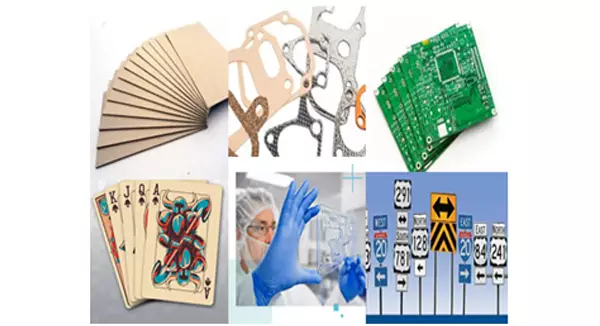
The process
There are different types of cutting die tools best suited to cut different types of materials. Use of the correct type of tooling is essential to accomplish good die-cutting. Essentially, die-making and die-cutting still incorporate various craftsman techniques. However, the dependency of craftsmanship is reducing by degrees.
The following are essential to achieving good die-cutting:
Material to be die-cut
Cutting die tool used to cut the material
Cutting surface
Cutting press

The future
Die-cutting, as well as die-making, have become indispensable parts of engineering processes. Computerised die-making has revolutionised the landscape of how cutting dies are designed and manufactured. Eventually, die-cutters that use traditional die-cutting techniques have to embrace the newfangled manufacturing technologies in automation, together with labour-saving methodologies. The individual workers will become more productive if they leverage the smart manufacturing systems.
According to a recent testimony in Massachusetts, USA, earlier shoe-making was outsourced from the region to low-cost labour countries. Now, the process has reversed as some manufacturers have re-engineered their production process, making workers more productive, lowering manufacturing costs. Only fewer workers are employed in the process. The advantage here is that these workers are highly paid.
As this incorporates new ideas and technologies in the production process, this scenario will be replicated in other industries as well. This is directly proportional to the future of cutting out parts of various materials -soft or semi-hard. The digital die-cutting processes, like laser cutting and Waterjet Cutting, might not immediately penetrate in all areas. So, conventional die-cutting will continue to reign in some regions. In other areas, people will start adopting new strategies to help them economically cut or trim components.
On the whole, those individuals or companies that do not incorporate new techniques will eventually see less or no profit at all. Those that embrace new technologies will be the winners in the new era.

Mukul Luthra is a founding partner at Artize Die Makers, a specialist manufacturer of laser dies.


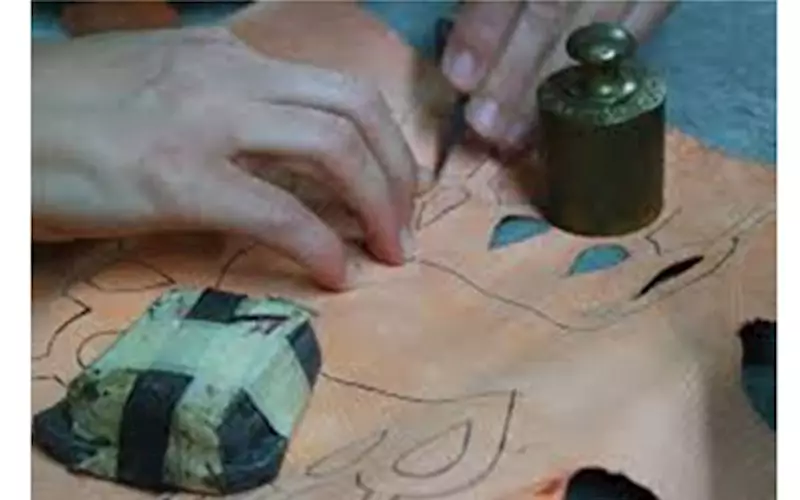
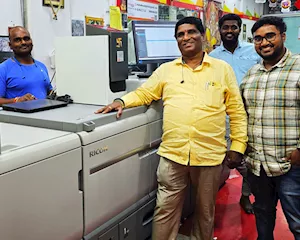
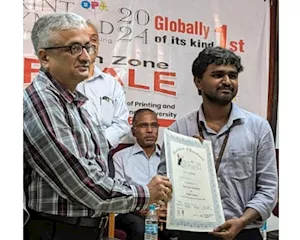

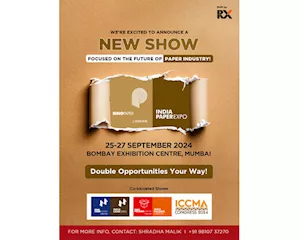
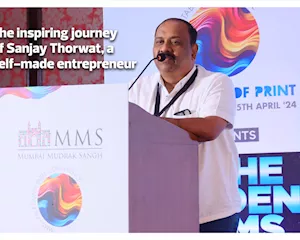

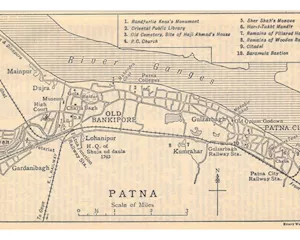
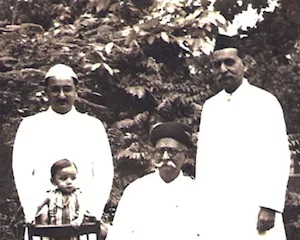
 See All
See All